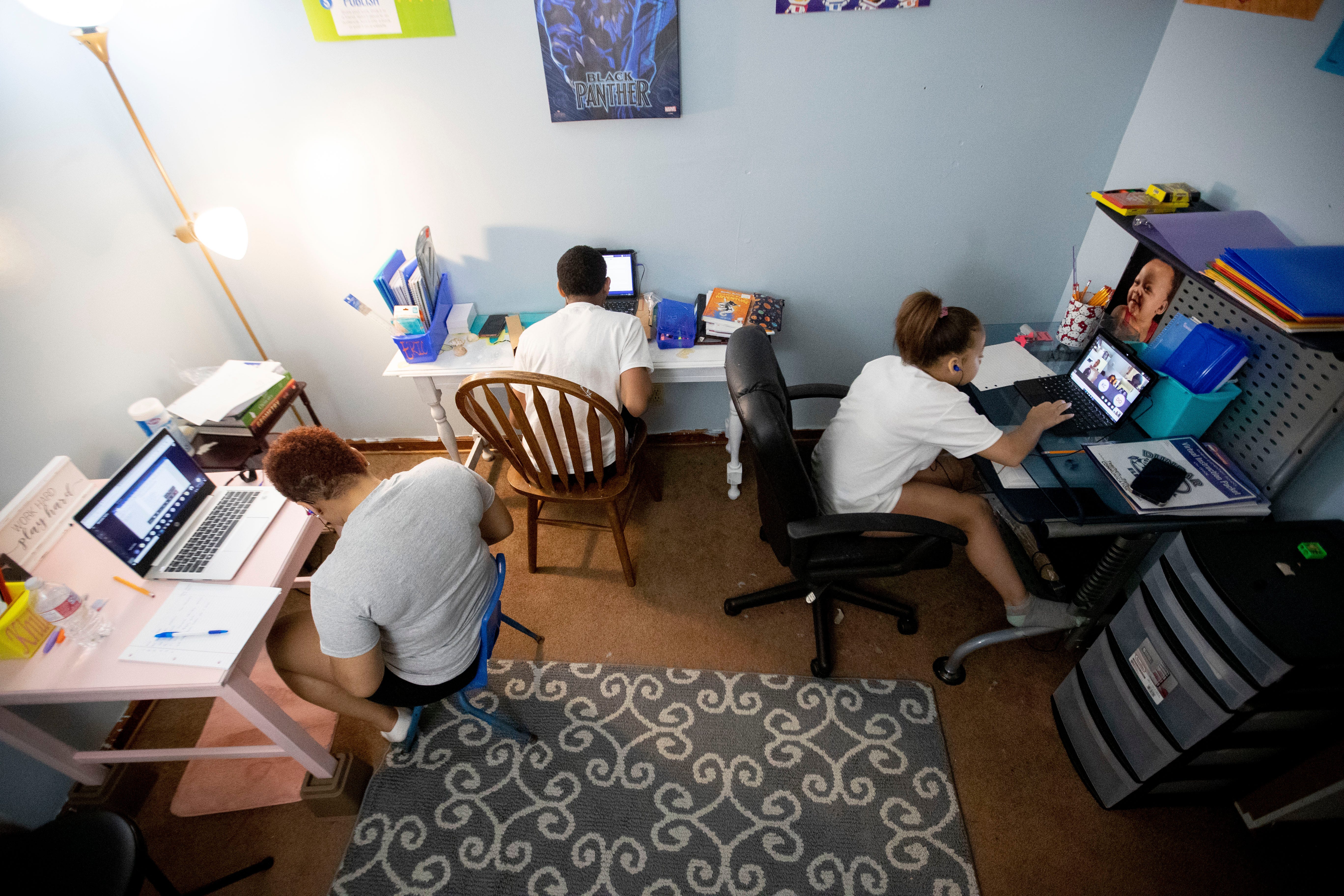
Hooray for the broadband industry! It is time for some good news! America’s broadband providers have stepped up with the ‘K-12 Bridge to Broadband” to help meet the needs of millions of low-income American students who are unable to get on the internet so they can go to class from home.
The national non-profit EducationSuperHighway estimates that 9.7 million students—half of which are students of color—do not have the home internet necessary for the COVID era’s online educational needs. Together, EducationSuperHighway and NCTA-the Internet & Television Association created the new program, subsequently to be joined by NTCA—The Rural Broadband Association and USTelecom.
America’s cable broadband providers are stepping up to a national emergency. To apply Winston Churchill’s description of the Lend-Lease program, what the industry has done is “the most unsordid act.”
The new program will do two things the Trump Federal Communications Commission (FCC) has failed to do. First, it will identify households with students that have broadband passing their door but have chosen not to subscribe. Having identified those households, the companies then offer school districts and other local entities special rates to provide discounted broadband service for the identified homes.
Numerous studies have shown the principal reason low-income Americans do not subscribe to broadband is price. With a median monthly price around $60, internet access falls below food, shelter, heat, and light in household spending priorities.
For years, broadband companies have responsibly offered special packages for low-income Americans, such as Comcast’s $9.95 per month “Internet Essentials”. When COVID hit, the companies increased the speed and throughput of such services to meet household demands. The problem is that even at $9.95 per month, many households cannot afford broadband.
It is a problem we have seen before. During the Reagan administration the FCC solved the problem for telephone service by creating the Lifeline program, a $9.25 per month subsidized telephone connection for low-income Americans. The Trump FCC has turned a blind eye to broadening the Reagan idea to the digital era.
Such negligence should not come as a surprise. When the Obama FCC proposed a national eligibility program that would have eased the ability of cable companies to participate in Lifeline for services like Internet Essentials, Ajit Pai opposed the idea as an FCC Commissioner. The Trump FCC subsequently scrapped the initiative after he became Chairman.
The broadband companies have agreed to a cut in revenue from homes with low-income students. But, even at a reduced rate, they still need to be paid—precisely at a time when school districts are experiencing decreased revenue and increased expenses. So where is the FCC and its self-proclaimed “number one priority” to close the digital divide?
The response of the Chairman of the FCC to the K-12 Bridge to Broadband was a somewhat defensive statement that schools and local governments should use the money in the COVID legislation (CARES Act) to pay for connecting students. It is a statement that conveniently ignores that the $14 billion for education in the CARES Act was for all COVID-related expenses. As the Detroit Free Press observed of the funds that would go to Michigan schools, “no district expects that money to cover all the costs associated with coronavirus response.”
Just a few days before the K-12 Bridge to Broadband announcement, I wrote about the Trump FCC’s failure to use existing programs to assist low-income students getting online during the COVID crisis using existing programs. A national emergency such as coronavirus should have stimulated the FCC to get creative with its low-income Lifeline and education-supporting E-Rate funding programs. The broadband industry’s responsible K-12 Bridge to Broadband should have been another stimulus. The FCC should be a part of the solution but has chosen not to be.
Ninety-five percent of American voters say that “broadband access for students is a problem.” Stop to let that sink in a minute. On what other issue does 95 percent of America agree? It is time for the Trump FCC to get behind those 95 percent and use the programs they currently administer to close the education digital divide.
Comcast and NCTA—The Internet & Television Association are general, unrestricted donors to the Brookings Institution. The findings, interpretations and conclusions in this piece are solely those of the author and not influenced by any donation.
"industry" - Google News
September 15, 2020 at 06:15PM
https://ift.tt/3iyRCo6
The broadband industry steps up to connect students when the FCC will not - Brookings Institution
"industry" - Google News
https://ift.tt/2RrQtUH
https://ift.tt/2zJ3SAW
Bagikan Berita Ini














0 Response to "The broadband industry steps up to connect students when the FCC will not - Brookings Institution"
Post a Comment